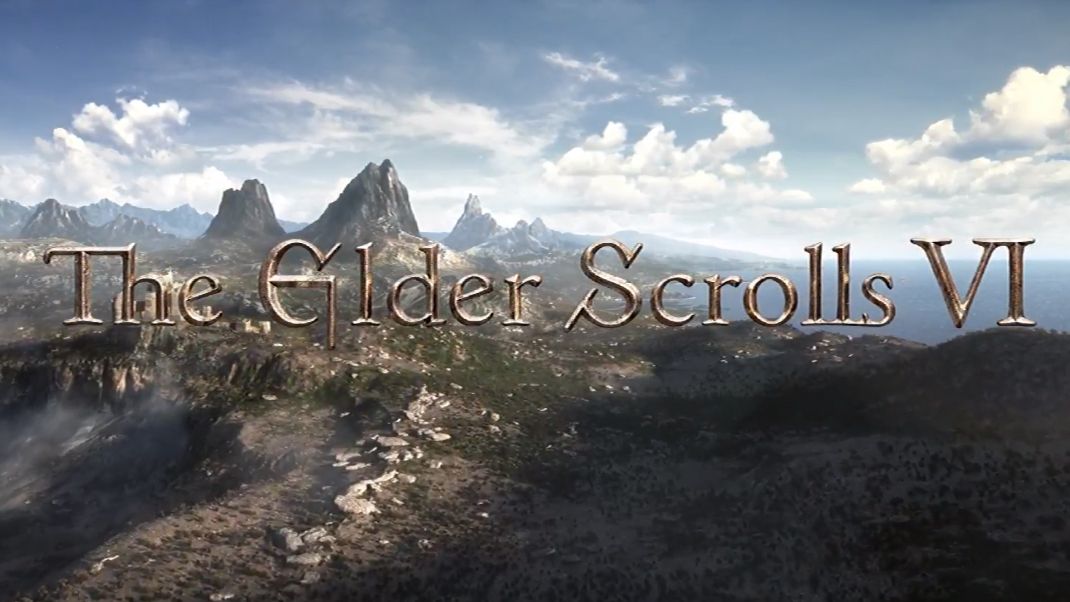Alice Coltrane World Galaxy Zip Up
:format(jpeg):mode_rgb():quality(90)/discogs-images/R-385859-1453386258-8431.jpeg.jpg)
Discover releases, reviews, credits, songs, and more about Alice Coltrane With Strings* - World Galaxy at Discogs. Complete your Alice Coltrane With Strings* collection.
Contents • • • • • • • • • • • • Biography [ ] Early life and career (1937–1965) [ ] Alice McLeod was born on August 27, 1937, in, and grew up in a musical household. Her mother, Anna McLeod, was a member of the choir at her church, and her half brother, became a jazz bassist. With the motivation of Ernest, Alice pursued music and started to perform in various clubs around Detroit, until moving to Paris in the late 1950s. Alice studied, and also jazz with in Paris, where she worked as the intermission pianist at the in 1960.
It was there that she was broadcast on French television in a performance with,. She married in 1960 and had a daughter with him. The marriage ended soon after, on account of Hagood's developing heroin addiction, and Alice was forced to move back to Detroit with her daughter.
She continued playing jazz as a professional in Detroit, with her own trio and as a duo with. In 1962–63 she played with ' quartet, during which time she met. In 1965 they were married in, Mexico. John Coltrane became stepfather to Alice's daughter Michelle, and the couple had three children together: John Jr. (1964–1982, a drummer); (b.
1965, a saxophonist); and Oranyan (b. Oranyan later played saxophone with for a period of time. Solo work (1967–1978) [ ] In January 1966, Alice Coltrane replaced as pianist with John Coltrane's group. She subsequently recorded with him and continued playing with the band until his death on July 17, 1967. Their growing involvement in spirituality influenced some of John's compositions and projects, such as. After her husband's death, she continued to forward the musical and spiritual vision, and started to release records as a composer and bandleader.  Her first album,, was recorded in 1967.
Her first album,, was recorded in 1967.
From 1968 to 1977, she released thirteen full-length records. As the years passed, her musical direction moved further from standard jazz into the more cosmic, spiritual world. Albums like (1971), and (1972), show a progression from a four-piece lineup to a more orchestral approach, with lush string arrangements and cascading harps. Until 1973, she released music with, the jazz label for which her husband recorded almost all of his later albums. From 1973 to 1978, she released primarily on until she stepped away from the public eye.
Ashram years (1975–1995) [ ] After the death of her husband, Coltrane experienced a period of trial. She suffered from severe weight loss and sleepless nights, as well as hallucinations.
This tapas (a Sanskrit term she used to describe her suffering), led her to seek spiritual guidance from the guru and later from. By 1972, she abandoned her secular life, and moved to, where she established the Center in 1975.
By the late 1970s she had changed her name to Turiyasangitananda. She was the spiritual director, or, of Shanti Anantam (later renamed Sai Anantam Ashram in Chumash Pradesh) which the Vedantic Center established in 1983 near, California. Alice would perform formal and informal devotional Vedic ceremonies at the ashram. She performed solo chants, known as bhajans, and group chants, or kirtans.
She developed original melodies from the traditional chants, and started to experiment by including synthesizers and sophisticated song structures. This culminated in her first spiritual cassette,, in 1982.